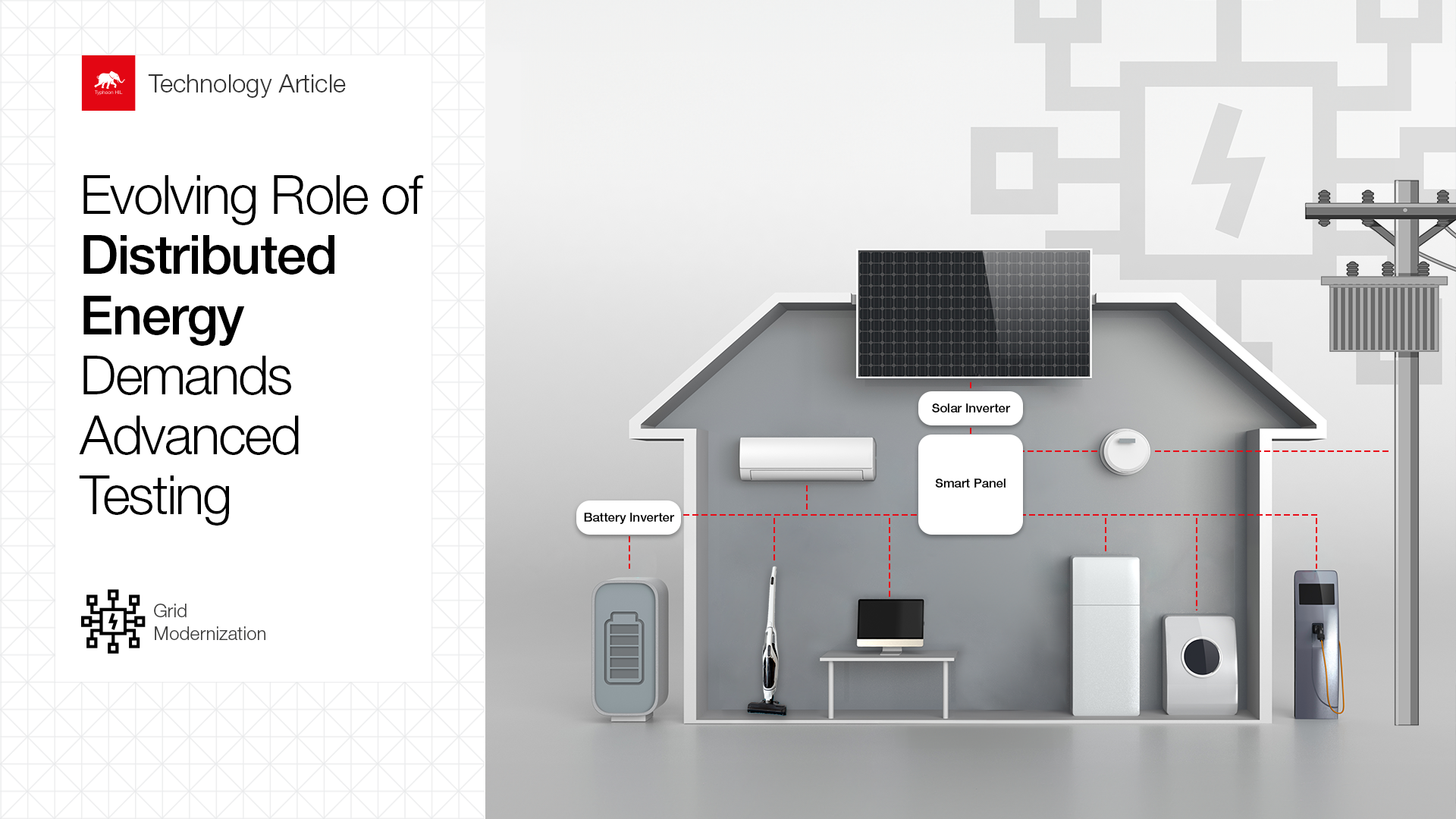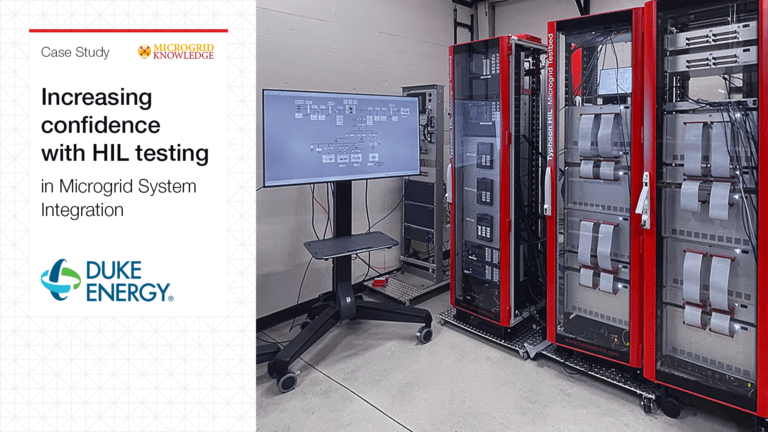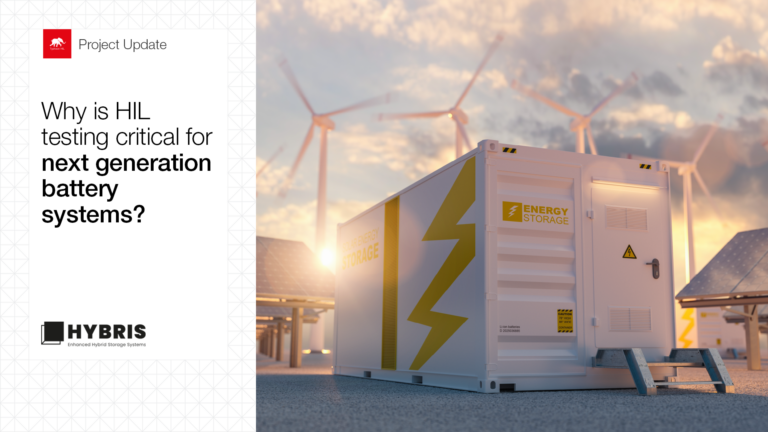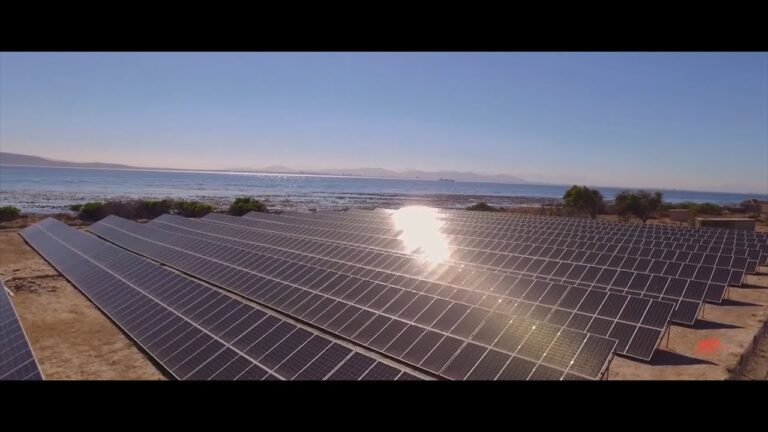Introduction | The Rise of Sustainable Energy
Thanks to technological advancements and economic trends, demand for sustainable energy and energy resilience in homes has risen significantly over the past decade. An increasing number of homeowners have acquired distributed energy resources (DERs) such as solar power and energy storage.
These trends are driven by investments and advancements in these household energy solutions as well as in microgrids, which can function independently of the centralized grid. Further driving the trends are increasing numbers of climate-driven power outages and public safety power shut offs sparked by wildfires, storms, and other extreme weather events. What’s more, the states and the federal government offer numerous tax incentives for investing in clean energy from various programs, such as the new Inflation Reduction Act.
The move to residential DERs represents a profound shift in how energy resources are viewed and managed. Even electric vehicles (EVs), once considered mere transport solutions, are now part of the energy revolution. They serve as mobile batteries, allowing consumers to participate in energy markets by providing stored energy to their home and the grid during periods of high demand.
The rising popularity of residential DERs is not accidental. They offer numerous advantages over traditional resources.
Overview | The Benefits and Challenges of Distributed Energy Resources in Homes
DERs can lower reliance on central power sources, which reduces the effects of power outages and other weather-related events. In addition, DERs can cut transmission and distribution losses because energy is generated closer to where it is used. Moreover, DERs enable homeowners to take an active role in energy markets. They can store excess power that can be used for emergencies, to manage costs, or to sell back to the grid.
Such advantages create a compelling case for the continued adoption of DERs. However, with these benefits also come challenges, particularly for manufacturers, utilities and system integrators.
These technologies are very exciting from an advancement perspective. The other side of it though, is that there are now new challenges for the manufacturers of these solutions.
Andrew Sellers
Solutions Manager at Typhoon HIL
For example, there are often many controllers in DER systems that need to be integrated. It’s important to determine whether they can operate together and how the overall system should be structured and tested.
Solution | Hardware-in-the-Loop Helps Solve Challenges of Residential Distributed Energy
One measurement and testing solution used to solve the abovementioned challenges is hardware-in-the-loop (HIL) simulation. HIL tests and validates controllers in residential energy systems during various design and product life-cycle stages.
Control system testing has traditionally been conducted on physical equipment in the field, on the full system or on a testbed in a lab. This can be expensive, inefficient and potentially unsafe.
With HIL testing, a computer model substitutes for the physical plant, and it runs in real-time on a simulator. HIL simulation can accurately reproduce the plant and its dynamics in real time, providing a realistic and interactive environment in which to test and validate controllers.
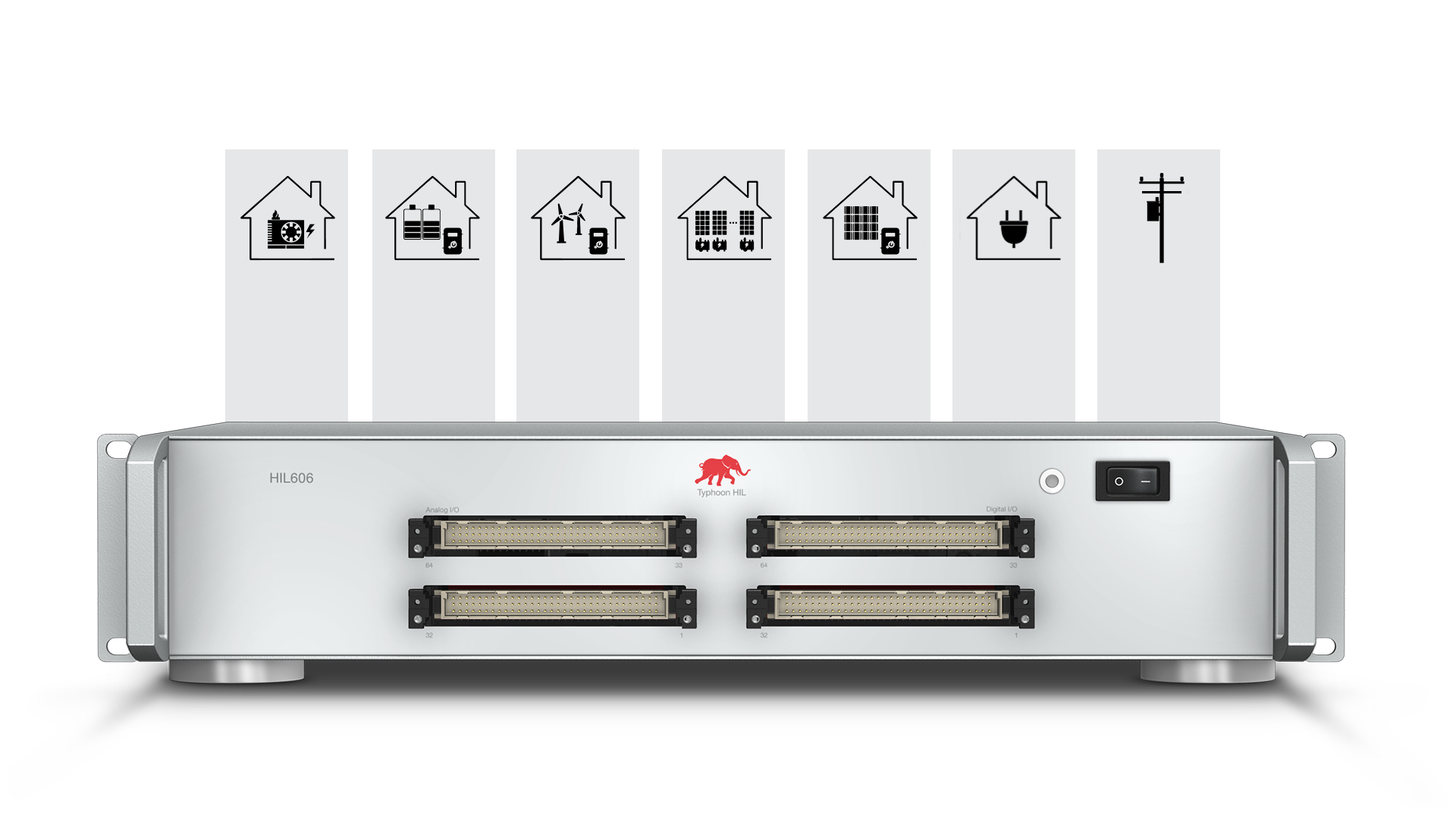
HIL simulation offers safer, faster, and more comprehensive testing to help manufacturers design systems suitable for residential DERs and microgrids, while also helping utilities meet the requirements of integrating DERs.
Utility companies play a vital role in the shifting energy landscape, bearing the responsibility for ensuring that home energy resources meet various requirements, such as providing adequate power quality and power factor, as well as supplying grid services. HIL simulation can help with pre-certification testing and ensure that components comply with current standards and regulations.
For original equipment manufacturers (OEMs) and system integrators, HIL simulation is a crucial tool. It allows OEMs to create adaptable and compatible solutions for the burgeoning residential DER market, ensuring that products work seamlessly in various applications and complex systems.
Importance of HIL Testing | Ensuring Diverse DER Products are Compatible with Each Other
The manufacturers of these individual products need to make products that can both work in their native environment but can also adapt to systems where other controllers are present, and still be able to operate with one another.
Andrew Sellers
This is one of the most significant challenges is designing flexible and compatible systems. Given the diversity in DER technologies – from solar panels and wind turbines to battery storage and EVs – seamlessly integrating these varied resources is a complex task. Further, manufacturers must ensure their products are compatible with each other and with existing energy infrastructure, including both traditional grid systems and modern intelligent grid technologies.
Manufacturers must also grapple with the energy sector’s rapidly changing standards and regulations. As DER technologies evolve, so do the standards governing their design, integration and operation. To keep pace with these changes and ensure products remain compliant, OEMs must commit to continuous research, development and testing.
As an increasing number of homeowners embrace DER technologies, OEMs must design versatile solutions that can accommodate diverse requirements and integrate with existing energy infrastructure.
Benefits of HIL Testing | Identifying Problems, Cutting Costs and Decreasing Time to Market
With its ability to simulate complex interactions among multiple systems, HIL testing effectively validates system compatibility and interoperability.
This gives a way to test much more exhaustively. You can have controllers from other manufacturers available in house,” said Sellers. “You can test in a variety of different environments, so you can really vary the test conditions at will.
The numerous benefits range from reduced development costs to shorter time-to-market cycles.
The practical applications of HIL testing are diverse. For example, HIL can validate the performance of controllers in residential energy systems–such as solar or EVs–and pre-certify components to ensure compliance with standards and regulations.
Conclusion | Helping Homeowners Realize the Benefits of the Energy Transition
The growth in residential energy use – driven by electrification and the rise of home microgrids and EVs – is bringing about a wave of transformation.
Designing these solutions for residential installation adds new requirements that don’t exist in what we would think of as traditional microgrids.
Andrew Sellers
The wave of transformation offers unprecedented levels of reliability, efficiency, and consumer participation in the energy market.
HIL simulation can help accelerate this transition, providing safer, faster, and more comprehensive testing during different stages of the design and product lifecycle. HIL simulation helps manufacturers design systems that are adaptable and compatible, enabling a seamless end-user experience.
To effectively utilize DERs in residential markets, it’s important to apply advanced tools and solutions such as HIL simulation. This is a critical step toward fostering a more sustainable, resilient and consumer-oriented energy future.
Credits
Text | Lisa Cohn
Visuals | Milica Obradovic, Karl Mickei
Technical Editor | Andrew Sellers
Blog Editor | Debora Santo
